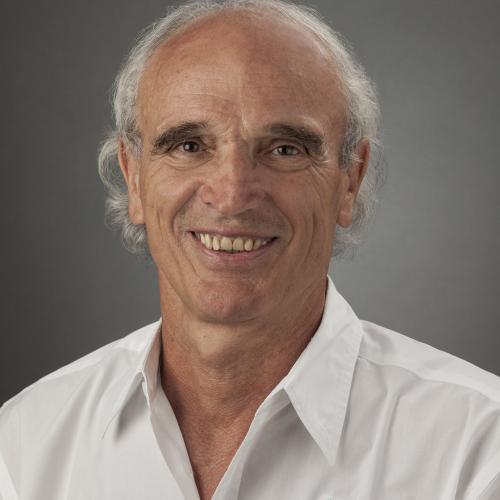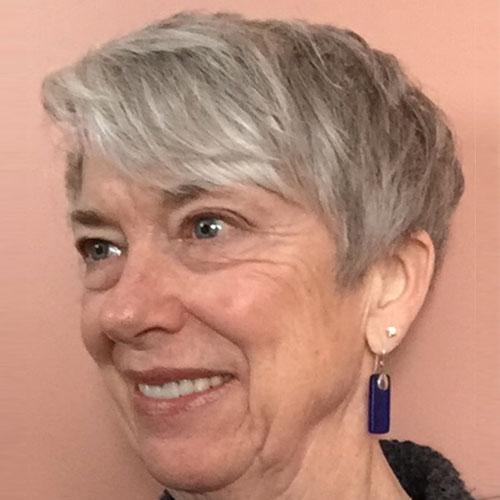This is an exciting advanced class for trained cranial osteopaths and craniosacral therapists that will greatly enhance the techniques you are already applying.
It introduces a deep work that engages the cranial rhythm / Cranial Rhythmic Impulse (CRI), the bone marrow, and its profound relationship with the bones, joints, and the central nervous system.
In this class we will:
• Introduce bone marrow: motility, mobility.
• Treatment: Use bone marrow techniques to release inter-and intra-osseous lesions in the cranium and peripheral articulations.
We will also:
• Review and apply Swedenborg’s* concepts of the brain, spinal cord, membranes, and bone motility.
• Deepen understanding of the cranial rhythm / Cranial Rhythmic Impulse, in bone, fascia, viscera, and skin, and will introduce the reciprocal/counter motility of the fascia and the opening of the crown.
• Introduce how the cranial rhythm shifts and rearranges itself with diverse body positions, touch, and intention.
• Learn the rapid lemniscate rhythm and its correlation with the cranial rhythm.
• Learn a technique to allow a "still point" in 1-3 seconds; how to work under a "still point"; how to release a still point.
• Treat modulation and treatment of the craniosacral system via the bone marrow.
• Present the relationship between the cranium and the tarsal bones.
Conflict of Interest: All classes presented by Chikly Health Institute have no financial conflict of interest.
CHI is not sponsored by outside organizations or corporations.
Please read "Our Policies" for more information: https://chiklyinstitute.com/Policies
*Swedenborg's (1688-1772) described an inherent brain motility, a “primary respiration” as a spiral expansion and constriction. Swedenborg recognized the dura mater as moving reciprocally with the brain. He also mentioned dura motility as well as gave descriptions related to the movement of the cranial bones. He also mentioned for the first time that CSF is “secreted by the blood vessels in the brain” and made the first connection between CSF and the lymphatic system. He also discovered the perivascular spaces, the foramen of Magendie, the pituitary gland, the corpus callosum, etc.
Quote:
I have been a cranial therapist for more than 25 years. Being introduced to Dr. Chikly's cranial work has opened my eyes to unexpected levels and dimensions I had not been aware of in this field. Integrating these in-depth techniques into my cranial practice is giving me an edge of excellence I never thought possible.Marybeth W., PT
To ensure that you receive the expected CEU's, please check the "CEU Info" box because regulations and approval from organizations,
boards and states may change unexpectedly.
• Contact Continuing Education (CE) Hours Total: 18 CEUs for massage therapists - NCBTMB Approved Provider # 451238-10
NCBTMB CEUs are accepted in every US state for NCBTMB certification renewal.
Most states accept NCBTMB for license renewal but not all. We are also an approved provider for NY state.
Please look here for more information: http://www.ncbtmb.org/map/requirements-map.
Because certification and license renewal policies vary from state to state, it's important for you to make sure the CEUs are accepted wherever you practice. Therefore, please be aware that this information may not apply in your state.
Check your state’s website at: http://www.ncbtmb.org/regulators/state-info.
Before attending a workshop, simply verify CE acceptance with the professional licensing board or association in your state. Rules can be changed and updated regularly.
Waiting for approval for any other professions
LEARNER’S OBJECTIVES (subject to change)
- By the end of the course participants will be able to correctly describe the basic bone marrow anatomy/physiology
- By the end of the course participants will be able to correctly demonstrate on a live person bone marrow motility
- By the end of the course participants will be able to correctly describe the relationship between bone marrow and the immune system
- By the end of the course participants will be able to correctly demonstrate on live person applications of bone marrow to intraosseous lesions
- By the end of the course participants will be able to correctly demonstrate on live person applications of bone marrow to interosseous lesions
- By the end of the 1st-day participants will be able to correctly describe the basic principles of Swedenborg’s neuroanatomy.
- By the end of the 1st-day participants will be able to correctly demonstrate on a live person the brain motility of Swedenborg
- By the end of the course participants will be able to correctly demonstrate on a live person the relationship between brain motility and pericardium
- By the end of the course participants will be able to correctly demonstrate on a live person the relationship between brain motility and pleura
- By the end of the course participants will be able to correctly demonstrate on a live person the relationship between brain motility and peritoneum
- By the end of the course participants will be able to correctly demonstrate on a live person the relationship between brain motility and peripheral nerve
- By the end of the course participants will be able to correctly demonstrate on a live person the relationship between brain motility and body fascia
- By the end of the course participants will be able to correctly demonstrate on a live person Sutherland’s cranial rhythm of a bone of the cranium
- By the end of the course participants will be able to correctly demonstrate on a live person Sutherland’s cranial rhythm of a thoracic structure
- By the end of the course participants will be able to correctly demonstrate on a live person Sutherland’s cranial rhythm of a bone of the upper extremity
- By the end of the course participants will be able to correctly demonstrate on a live person Sutherland’s cranial rhythm of a bone of the lower extremity
- By the end of the course participants will be able to correctly demonstrate on a live person Sutherland’s cranial rhythm of a viscera
- By the end of the course participants will be able to correctly demonstrate on a live person the rapid lemniscate rhythm
- By the end of the course participants will be able to correctly demonstrate on a live person Sutherland’s cranial rhythm of a body joint
- By the end of the course participants will be able to correctly demonstrate on a live person how to create a “still point” in the body tissue
- By the end of the course participants will be able to correctly describe the relationships between the cranium and tarsal bones
- By the end of the course participants will be able to correctly demonstrate on a live personreciprocal/counter mobility of the fascia
- By the end of the course participants will be able to correctly demonstrate on a live person modulation of the cranial-sacral system by the bone marrow
OUTLINE (subject to change)
Day One: 6.5 Hours
8:30 Registration
9:00 – 9:15 am Introduction, teachers, students, teaching assistants, and facilitator. Teaching material
Bone marrow review of anatomy and physiology
9:15 am to 11 am Lab: Bone marrow specific motility
11:00 - 11:15 Break / group discussion
11:15 - 12:30 Lab: Bone marrow technique: Applications to interosseous and intraosseous lesions
12:30 - 2:00 Lunch
2:00 – 2:15 pm Swedenborg’s anatomy/physiology. Practical applications to the CNS.
2:15 pm - 3:30 pm Lab: Swedenborg’s motility of the brain and spinal cord
Relation brain motility – pericardium/pleura/peritoneum
3:30 - 3:45 pm Break / group discussion
3:45 - 5:30 pm Lab: Relation brain motility – peripheral nerve and fascia
Day Two: 6.5 Hours
9:00 - 9:15 am Manual cranial approaches: Review of scientific evidence.
9:15 -11:00 Lab: Review of Sutherland’s cranial rhythm / cranial rhythmic impulse (CRI)
Specifics of cranial rhythm in upper and lower extremities
11:00 - 11:15 Break / group discussion
11:15 - 12:30 Lab: Modulation of the cranial rhythm with the change of positions, different touch and different intentions
12:30 - 2:00 Lunch
2:00 – 2:30 pm Lab: The rapid lemniscate rhythm and its correlation with the cranial rhythm.
2:30 - 3:30 Lab: The rapid lemniscate rhythm and its correlation with the cranial rhythm (II)
3:30 - 3:45 Break / group discussion
3:45 - 4:45 Lab: The Cranial rhythm in body joints
4:45 – 5:30 Lab: Cranial rhythm applied to viscera
Day Three: 5 hours
9:00 - 10:30 am Lab: Techniques to allow a "Still point" in 1-3 seconds, to work under a "Still point", to release a “Still point”.
10:30 - 10:45 Break / group discussion
10: 45 - 11:45 Lab: Technique to release the cranium from the tarsal bones.
11:45 – 12:45 Lab: Cranial rhythm, reciprocal/counter mobility of the fascia, and the opening of the parietal/frontal bones (crown).
12:45 - 2:00 Lunch
2:00 - 3:30 pm Lab: Modulation and treatment of the cranial-sacral system by the bone marrow.
Be very comfortable palpating the craniosacral rhythm, the primary respiratory mechanism (PRM), in every part of the body.
Please be familiar with the craniosacral rhythm, the primary respiratory mechanism (PRM), how to palpate it in the whole body.
Price: $950
Registration Discount: $750
This is a class with no CHI class pre-requisites. If you have never taken a class with CHI, you are invited to receive a $200 discount for this class if paid in full 45 days prior to the class start date.
Repeat: $475







